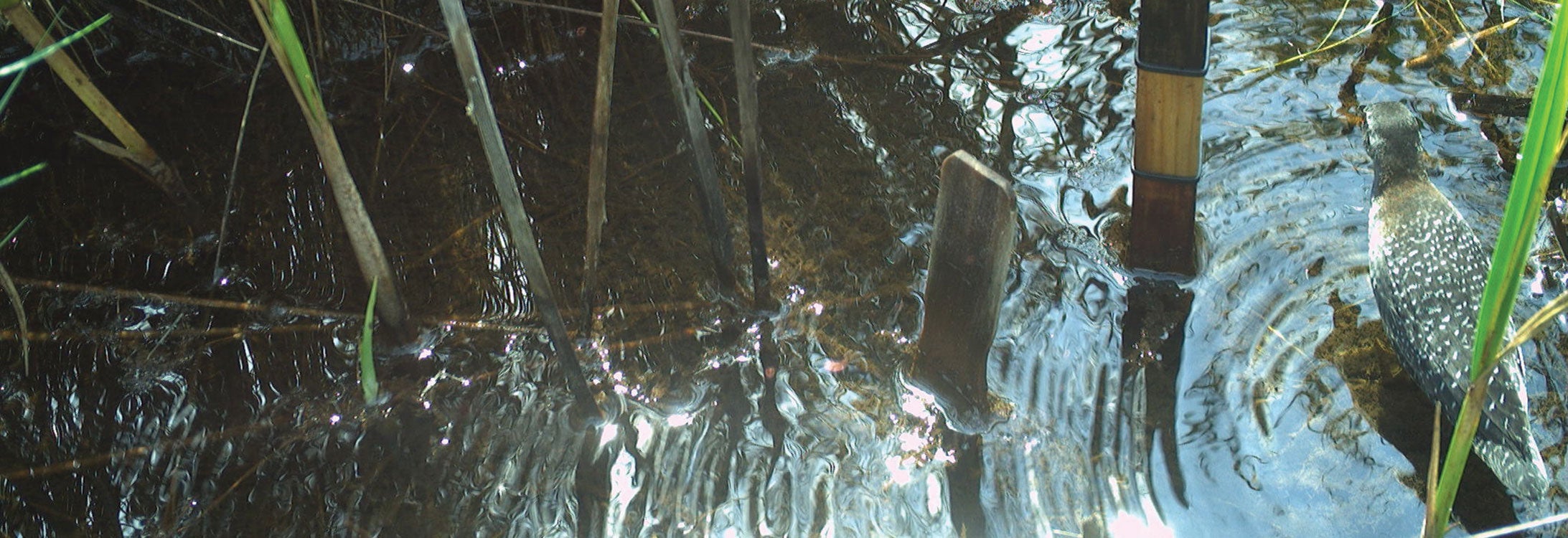Biologist puts focus on elusive, endangered black rail
Eastern black rails are rare. Susan McRae, a teaching professor in the ECU Department of Biology, estimates their numbers are in the hundreds.

Susan McRae
So the times she’s seen one in the wild stand out. Two of them were in North Carolina.
“Both times, I was training my graduate student, Bailey Kephart,” McRae said. “The first was in the early days of her fieldwork. We were looking for a good location to put a trail camera, and we
happened to flush one at close quarters. It flew up and over some black needlerush then swiftly disappeared into it.
“The second time was a couple of months later. We were traversing a vast area of marsh on foot, and we flushed another out of the reeds. It flew about 50 meters just above the vegetation then dropped down again into it. Each time we stopped in our tracks to savor the moment. It is such a thrill.”
McRae recently received the Animal Welfare Institute’s prestigious Christine Stevens Wildlife Award. The award provides grants of up to $15,000 and is named in honor of AWI’s late founder and longtime president who dedicated her life to reducing animal suffering.
McRae’s interest in the rail family started in 1991. In 2020, the U.S. Fish and Wildlife Service declared black rails (Laterallus jamaicensis jamaicensis) a threatened species under the Endangered Species Act.
“I wasn’t even sure if there were any left,” she said. “They are so rare, and I didn’t necessarily see it as a viable student research option because I wasn’t sure if they would find them.”
However, in 2017 she received a research grant and recruited a graduate student. The student developed an eDNA diagnostic technique for detecting black rails and did find a few.
Nicknamed “the feathered mouse,” black rails are small, shy, nocturnal birds — weighing just more than an ounce — with short legs. They like moist soil and have been located in tidal areas of Carteret County.
The goal is to understand more about black rails’ ecology and behavior to assist in their conservation. Humans moving into coastal areas, sea-level rise and fires are a few aspects that disrupt and hinder the birds’ natural environments.
Through this new grant, McRae will work with Robert Driver ’22, a postdoctoral research scholar at Duke University in the Department of Molecular Genetics and Microbiology, who tests substances that bind to olfactory receptors. He is identifying scents for McRae to use in the field, which may attract and lure the black rail.
The research is risky because neither knows if the scents will attract the birds. However, if they can identify smells the birds like, trail cameras may capture their movements without human interference.
“I know that we are going to get interesting information from the camera deployments, one way or another, but it will be a fun challenge to try some new things,” McRae said.
